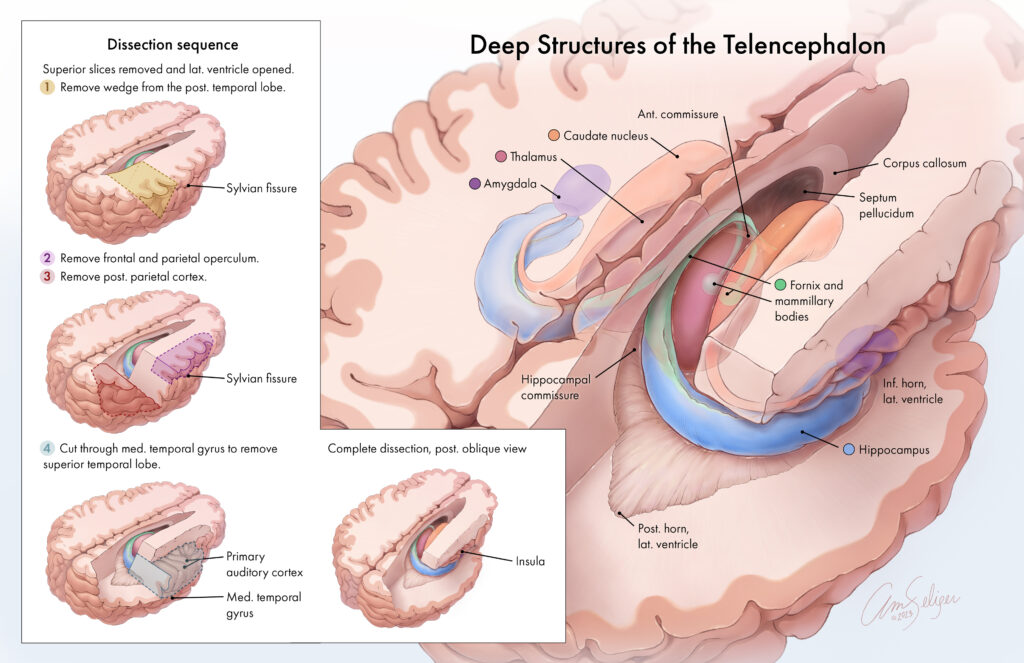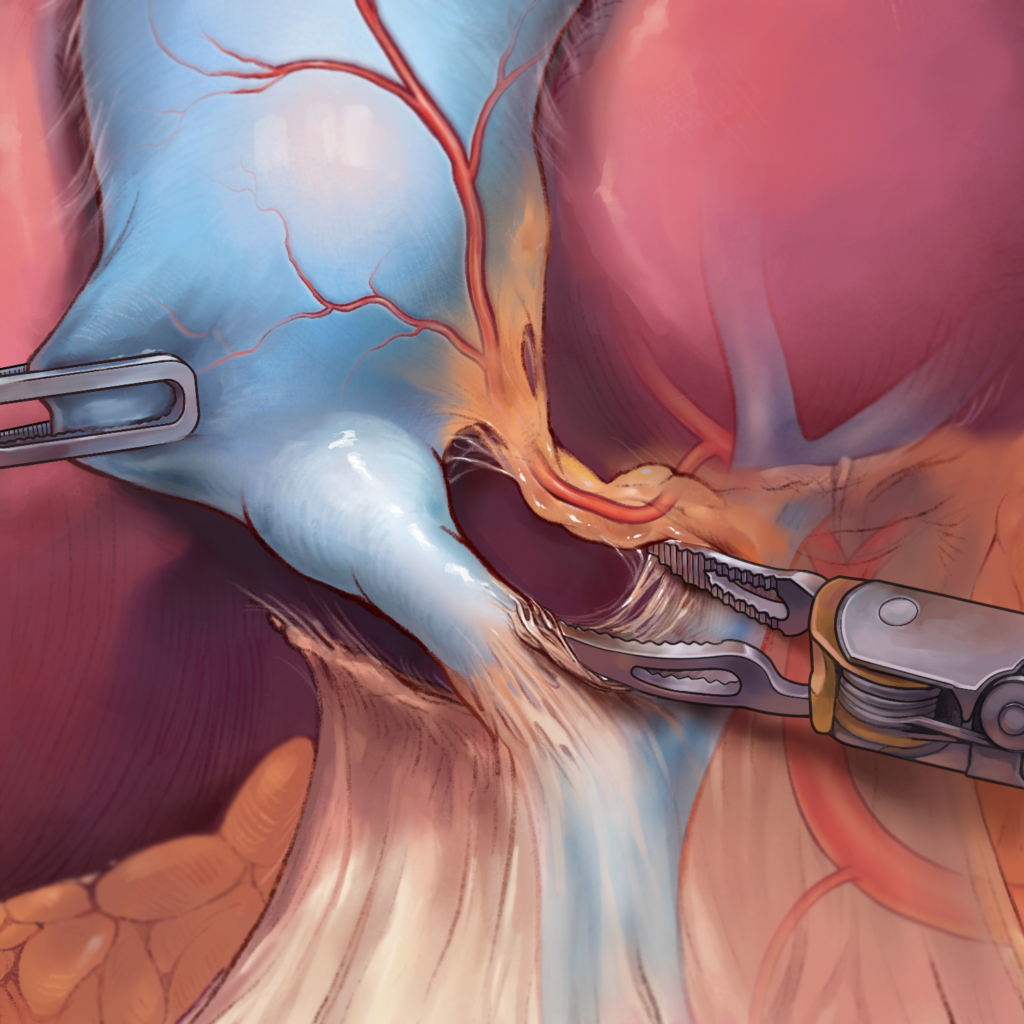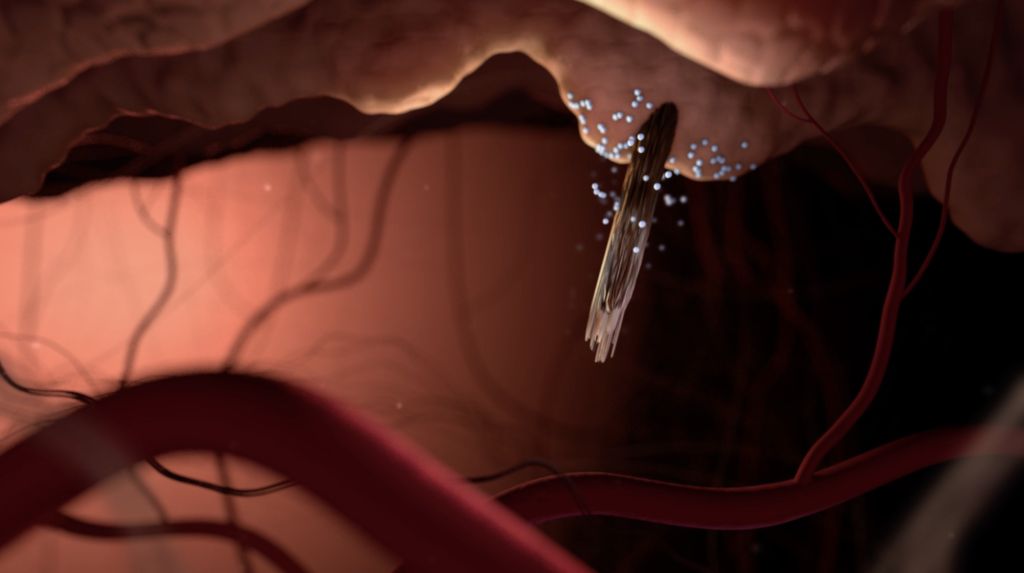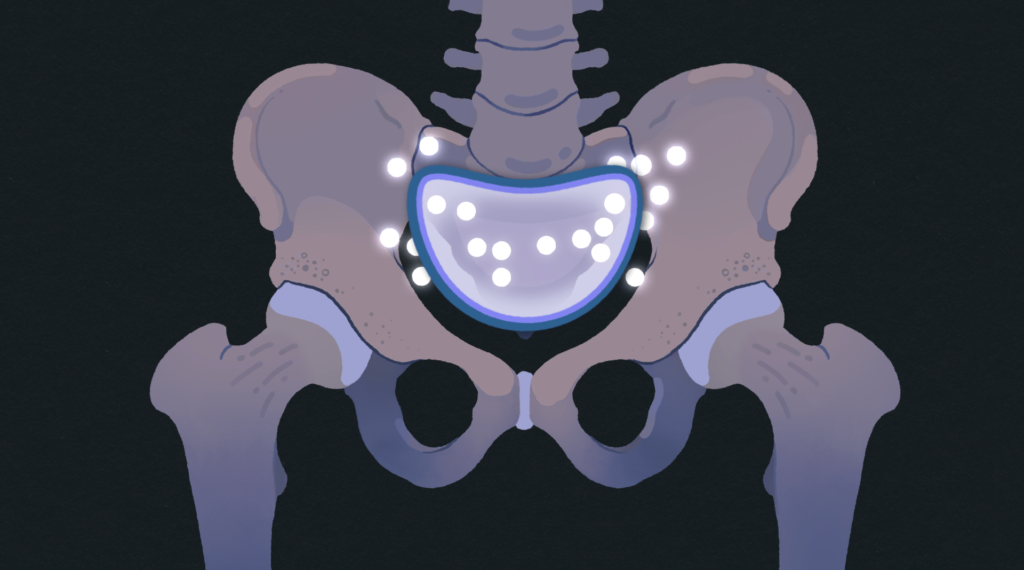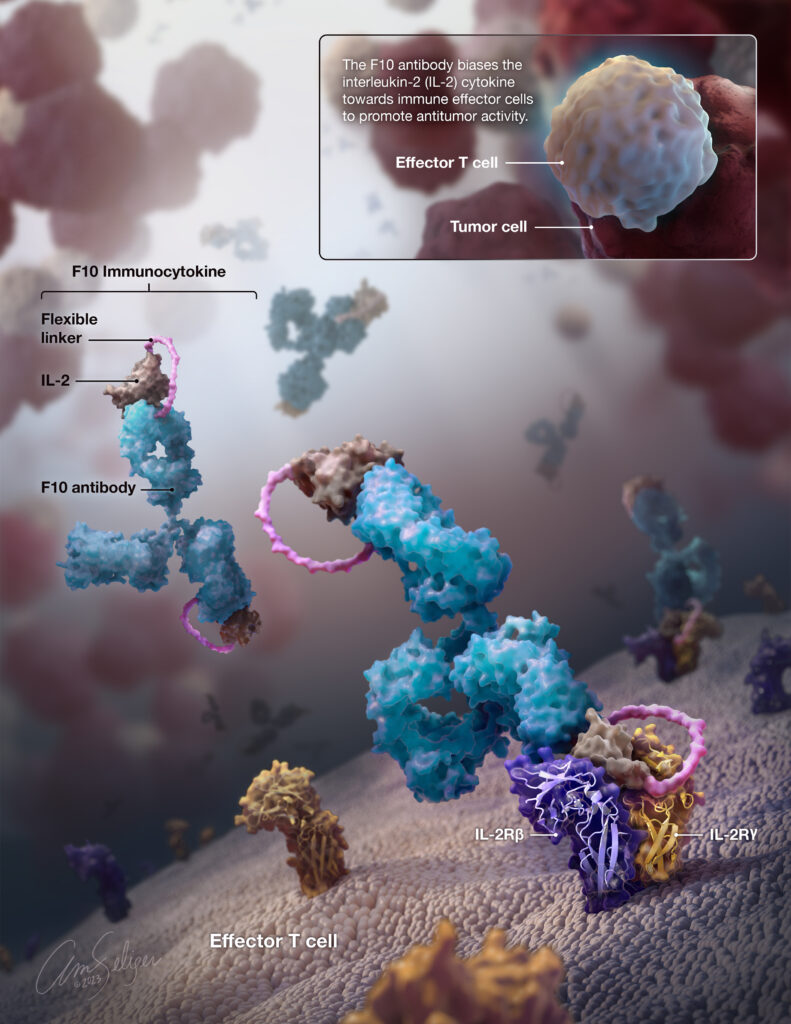Proximal Femur: Bloodflow and Fractures
Proximal Femur: Bloodflow and Fractures CLIENT Jeff Day, Jennifer Fairman YEAR 2023 MEDIA Zbrush, Adobe Surface Painter, Unity DESCRIPTION The outcome for patients who su er hip fractures can be dependent on how the fracture impacts bloodflow to the proximal femur. This interactive describes four types of hip fractures and the arteries supplying the proximal femur. An introductory page provides brief context for the interactive module. The main interactive allows users to rotate, zoom in, and click on a three-dimensional model. A side bar lists the names of fracture types and arteries. When a name is clicked, it is highlighted in the model and a brief description appears in the side bar. By viewing selected arterial and bony structures alongside the text description, users can correlate anatomy with potential fracture outcomes.
Proximal Femur: Bloodflow and Fractures Read More »


